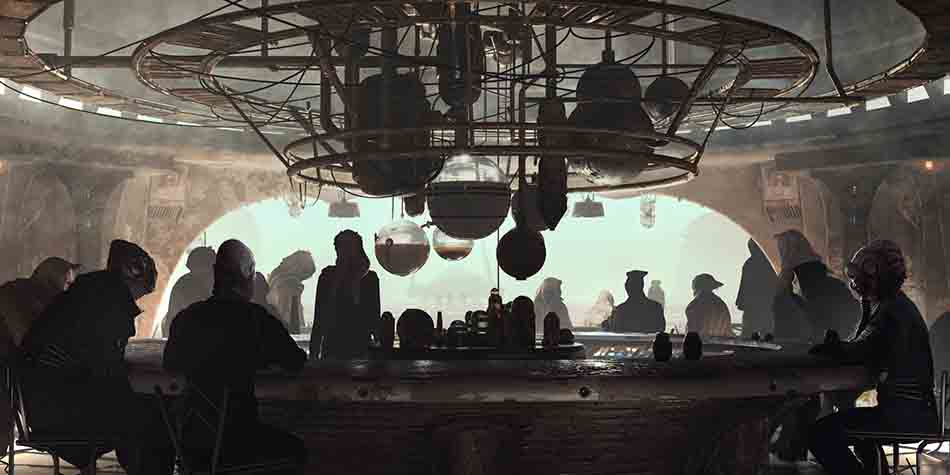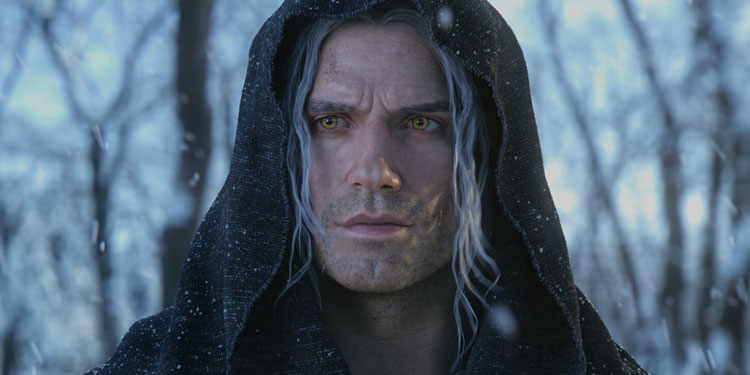Introduction
In the realm of digital art and 3D motion design, Ian Frederick stands as a luminary, weaving his creativity into mesmerizing visual narratives. From the vivid pages of Iron Man comics that ignited his artistic journey at the age of 8 to his current status as a renowned motion designer and 3D artist, Ian’s evolution reflects a profound commitment to his craft.
In this interview, we delve into the intricacies of his creative process, the milestones that have shaped his career, and a captivating project titled ‘Flora,’ where he ventures into the surreal and hopeful realm of nature’s regrowth.
Background and Career
- Can you share your artistic background and what started your interest in digital art?
I started drawing when I was 8 years old after I read my first Iron Man comic book. I spent a good portion of my childhood and early adulthood drawing superheroes. I discovered graphic design shortly before going to college, and decided to study it in school. That’s where I first learned about photoshop and making digital art. Once I tried it, I was hooked! I was a professional graphic designer / illustrator for a few years out of college before switching into 3D motion design.
- Could you describe your typical creative process from idea to completion?
It really depends on the task and whether it’s for a client or just something personal I want to make. For client work, oftentimes I am executing a brief that they provide, so I tend to jump right into 3D to start generating style frames for them. Once they sign off on the style frames, I move into animation and show them wireframes. And only then, once they’ve signed off on the animation and style frames do I go back in and do the final lights, textures and rendering.
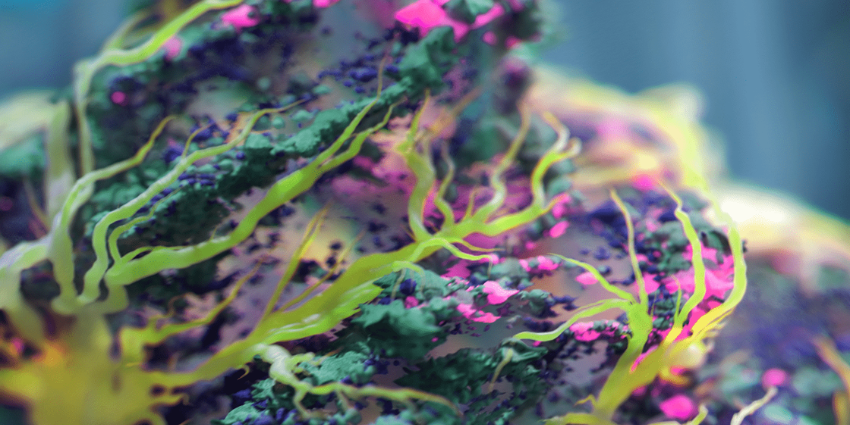
For personal work, once I have an idea I typically spend a few weeks or a few months just thinking about it while at the gym or while walking around. Once I feel that the idea is ready to execute upon, I start looking for visual references. Then I like to draw rough thumbnail sketches of each storyboard along with written explanations of what’s happening in each shot. From there I dive into experimenting in 3D and blocking out the basic shapes and motion of each shot. Once I have each shot animated in wireframe, I put them all into an edit with music / sound design to make sure I feel like everything is working. Then once I feel that it’s in a good spot, I go back and start to light and texture every shot and replace them in the edit. Usually at this point I see things that aren’t working and remove them, or I see places where it feels like it’s missing something and I will create new shots to fill in those spaces. Then once I feel like it’s finished I release the video.
- Given your extensive professional experience as a digital artist. Can you share some key milestones or projects that have significantly shaped your journey as an artist?
I would say creating concert visuals for Wooli has helped me a lot. As he gained popularity as a performing artist, my artwork was exposed to more and more of his fans and other artists on tour with him. Because of that, I have gained many new clients within the music industry. Aside from that, I really make a point to make my own personal work and experiments from time to time. I started experimenting with combining digital nature with surreal and psychedelic effects to create captivating animations just for fun. Those personal projects have taken my career to new heights because so many clients saw them and contacted me because of them, or even licensed them out for commercial work.
Inspirations
- Who are some of your artistic influences and favorite artists (digital or otherwise)?
I really like Simon Holmedal, and Twisted Poly. Both of them use high quality abstract effects to metaphorically represent concepts or product features which is really cool and it’s the direction I have tried to take my career in as well.
- As an artist based in Barcelona, Spain, are local art scenes, events, or communities particularly inspiring your personal creations?
Well, I just moved here 2 months ago so I can’t speak to it completely. However, it is a very inspiring city. Just walking around and taking in all of the beautiful architecture and artwork is inspiring. There are lots of really cool local art markets with amazing paintings and crafts. You really can’t help but see beauty and inspiration everywhere you look here. I’m still pretty new so I have not found the 3D community yet, but I know there are lots of digital artists living here so it’s only a matter of time.
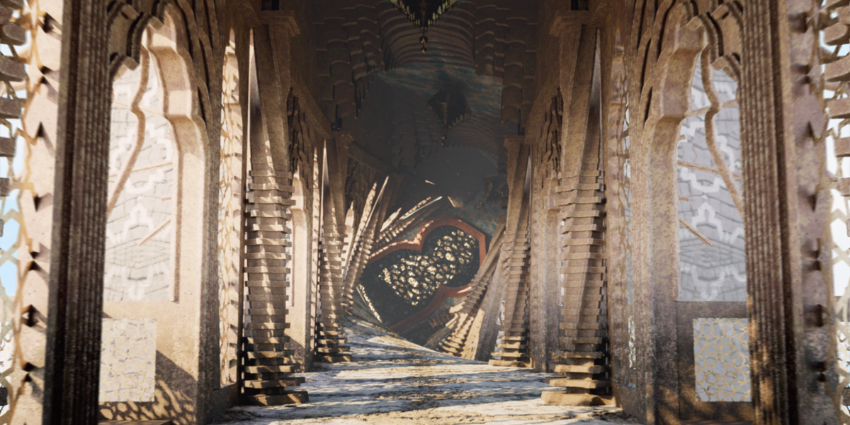
“Flora” Project
Let’s delve into your project, ‘Flora’.
- What inspired the concept behind this work?
I really like experimenting with nature and organic growth. I like to take it and bend the rules of physics to make it look surreal and trippy with bright colors. In the past I had created a few nature experiments called “Naturae” and Naturae Pt. II” which were both essentially a collection of fun experiments strung together. Originally Flora was going to be “Naturae Pt. III” but I didn’t want it to just be a collection of random nature experiments like the other two. I wanted it to feel like it had a visual narrative and that every shot was intentional. So I decided to give it its own name to separate it from the previous two. Additionally, I feel like all we hear is bad news about the world and the climate and I wanted to make something that felt positive and hopeful that was centered around nature regrowing and reclaiming desolate spaces.
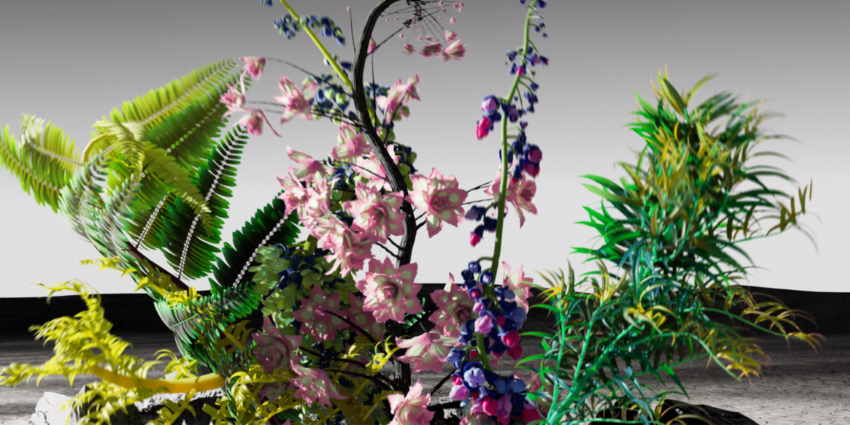
- Can you describe the key elements and techniques used in this project?
I wanted to focus on executing the full motion design process. Oftentimes it’s tempting to skip right into 3D without sketching anything or making storyboards. But I wanted this film to feel intentional so I really forced myself to sketch, gather visual references, then make style frames, then animate in wireframe and after all of that was accomplished would I go in and do the final lighting and textures. Even though following this process step by step was tedious at times, I think the final product is better for it.
- Were there specific challenges you faced while creating Flora, and how did you overcome them?
I wanted to use Houdini as the only 3D software for this entire project as a way to really solidify my learning. Organic growth and specifically creating and animating flowers blooming is really hard to do and for me I’ve always seen that skill as a benchmark or milestone I wanted to hit in my Houdini learning. I used this project as an excuse to really dig in and learn how to do it. It was not easy as there isn’t much information out there on how to make flowers, and most of the information that exists involves tons of code and other techniques that were way over my head. It took a lot of patience to develop my own methods that were easy enough for me to understand.
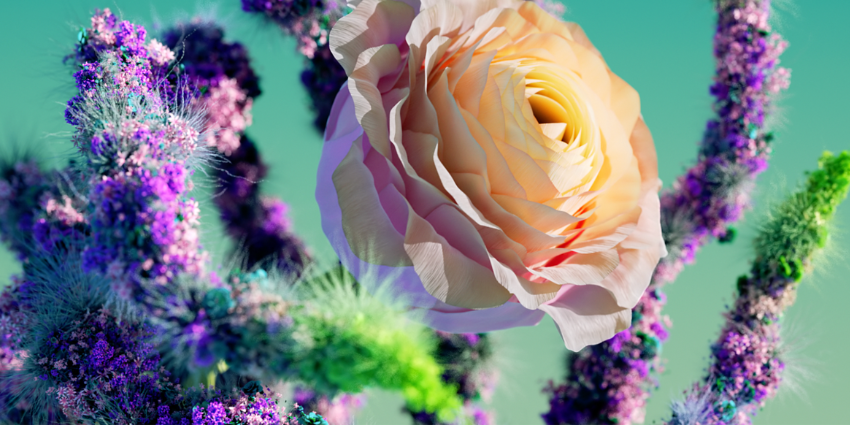
Personal Touch
- What are your artistic goals, or is there a particular project or theme you’d like to explore in the future?
I love music and concerts. I already work within that field a lot, but I really would love to have carte blanche to do whatever I wanted for some insanely large show like MUSE or something. I would also love to create some sort of large room-sized or building-sized art installation that is just beautiful and cool for the sake of art and not for a product or business. I love the psychedelic nature direction that my recent films have taken, but I also really love making really dark aggressive sci-fi machinery and environments. I would love to combine the two into some sort of weird film. I think the juxtaposition of the two could be a fun space to play in.
- Given your background in traditional art, do you believe it’s essential to explore analog techniques even when most of our work is conducted digitally these days? Or what is your opinion on this topic?
I don’t know if it’s essential for everyone. I know many 3D artists that can’t draw or paint. That being said, I think it’s important for me personally to explore traditional techniques. Oftentimes as 3D artists we spend more time battling against our software, trying to learn really complex techniques to achieve the look we want than we do actually creating art which can be frustrating. Sometimes it’s just nice to pick up a pencil and freely sketch out my ideas without the need to be in front of a screen or watch a tutorial on how to do something. Although many good 3D artists were never into fine art, I think the very best ones have some sort of background in drawing, painting, sculpting etc.
Images
- Could you provide a few images or visuals from your projects to showcase in the interview? (Include captions if needed)
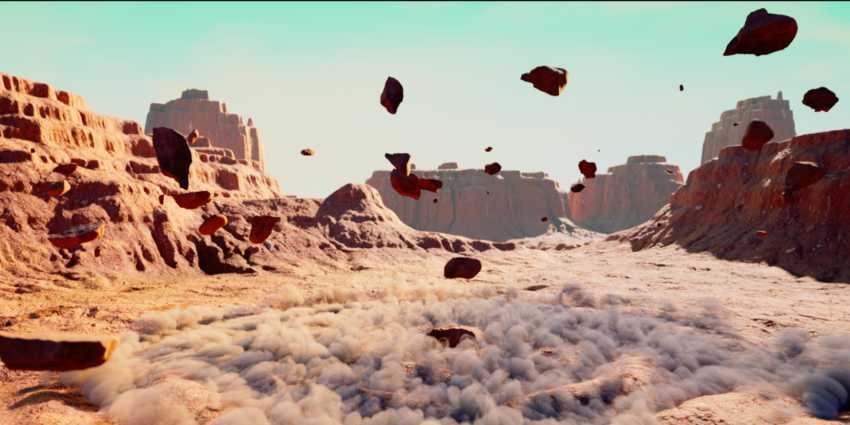
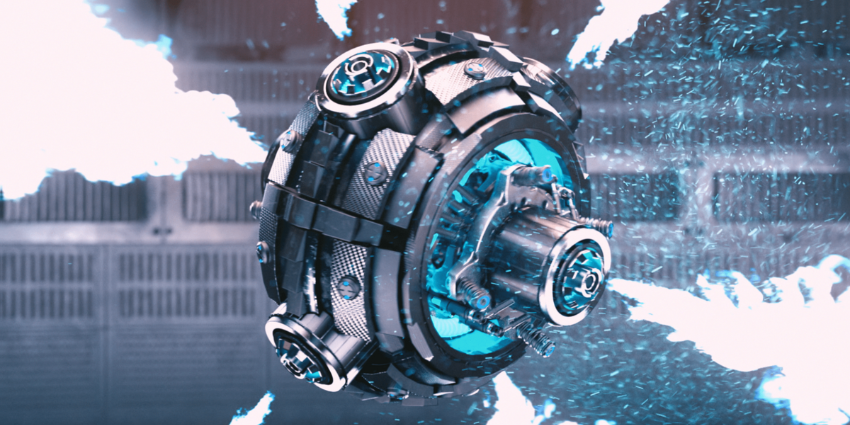
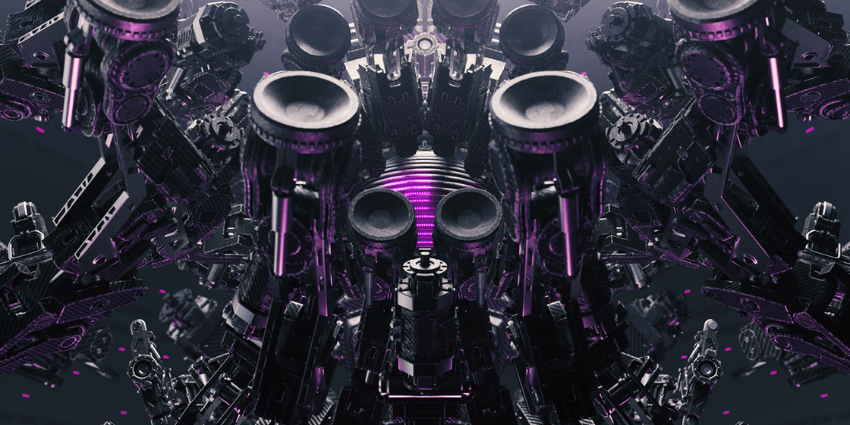
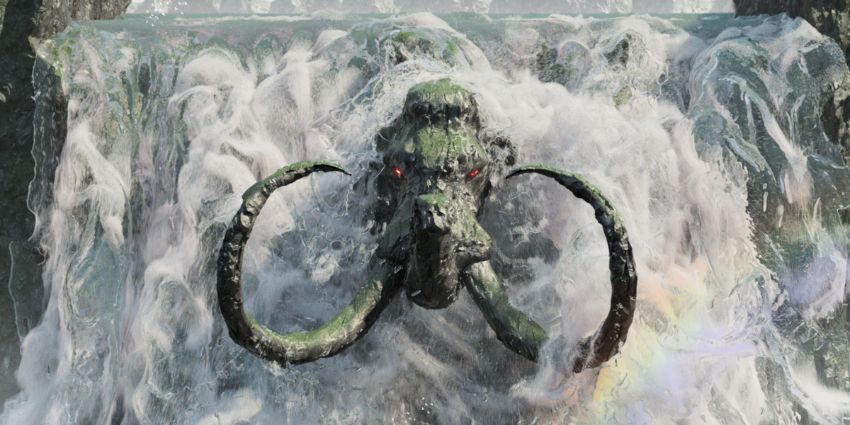
Conclusion
Ian Frederick’s artistic journey is a testament to the transformative power of passion and dedication. From the early days of sketching superheroes to crafting intricate 3D landscapes, his artistic odyssey has been marked by continuous exploration and innovation. The insights shared about his creative process, professional milestones, and the ‘Flora’ project offer a glimpse into the mind of a visionary artist who seamlessly blends technology with the boundless realms of imagination.
As we conclude this interview, it becomes evident that Ian’s aspirations extend beyond the digital canvas. His dreams of contributing to large-scale shows and creating awe-inspiring installations underscore a desire to transcend conventional boundaries. In the ever-evolving landscape of digital art, Ian Frederick emerges not just as an artist but as a storyteller, pushing the boundaries of what is possible and leaving an indelible mark on the intersection of technology and creativity.
For a deeper dive into his mesmerizing creations, visit his website and Behance portfolio. Connect with him on Instagram, Linkedin, and Youtube for behind-the-scenes looks, updates, and to be part of the artistic community conversation. Don’t miss out on the evolution of his art!
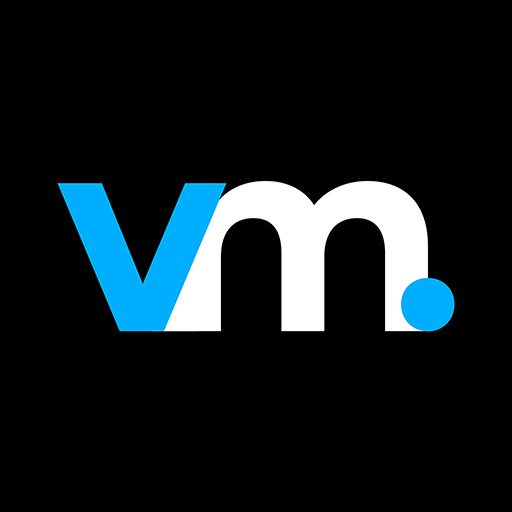
Vanessa is a Digital Marketing Specialist specializing in SEO, Social Media, and WordPress Administration, effectively bridging technology and online visibility.
